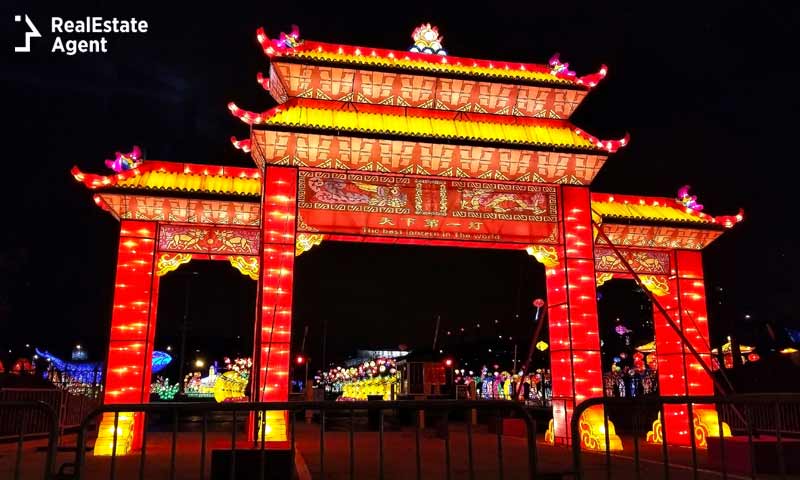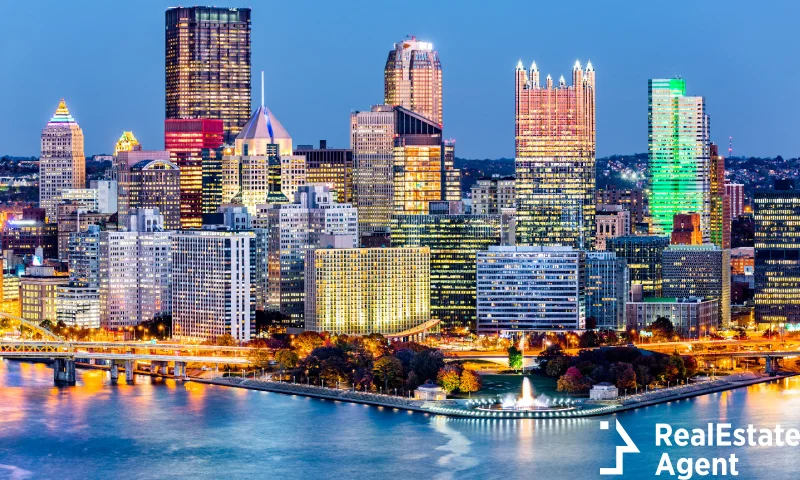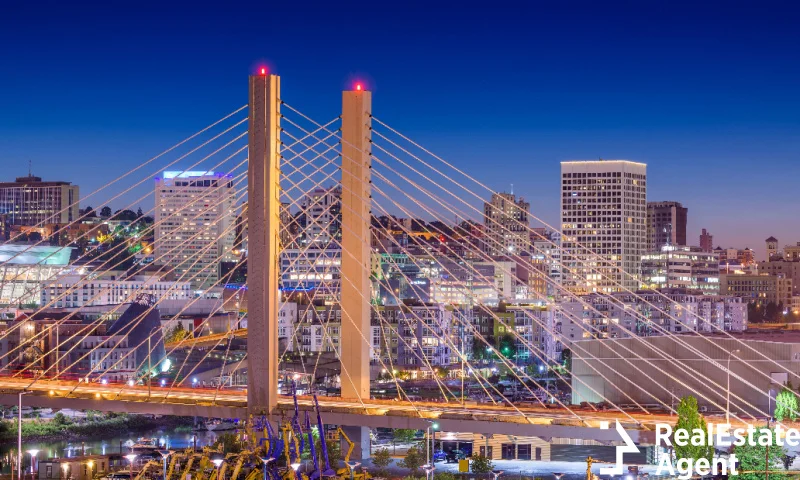Are you looking for a cultural adventure across the country? Do you feel like trying new things? Your taste buds deserve a break from the “traditional” French fries and burgers. Let’s take the train and explore the most beautiful Chinatowns in the US. First stop: New York City.
Chinatown, Manhattan, NYC

As soon as you arrive in the New York Grand Central Station, head down to line 6. Take the southbound train to Brooklyn Bridge and get off at Canal Street. After a 7-minute walk on the busy Canal Street, you should feel like stepping in a stargate – in front of your eyes there’s a complete change of setup, a cultural display that will carry you in different regions of China without leaving the US – big bold Chinese letters, red lanterns, jewelry shops, souvenirs, street food stalls, and a constant roar. This is what to expect in America’s Chinatowns.
Although there are many Chinese enclaves in the US, the largest Chinese community is in New York City, that’s why you’ll find several Chinatowns here. The one in Manhattan is the oldest one and attracts most tourists, but there are Chinatowns in Brooklyn and Queens as well. No better place to experience authentic Chinese food than at all these small “fast-foods” selling dumplings, noodles and pork buns at the most affordable prices. In Brooklyn, the Chinatown is along 8th Avenue, featuring some big and clean restaurants like Park Asia, East Harbor Seafood Palace or 99 Favor Taste, all serving great dim sums or hot pots.
But the most diverse Chinatown in New York is in Flushing (Queens). Manhattan is dominated by Fujianese people, Brooklyn is mainly Cantonese, but Flushing Chinatown is really diverse so this is the place to be for an authentic Chinatown experience. You must stop at Asian Jewels, while the best soup dumplings in NYC is at Kung Fu Xiao Long Bao. And if you want to sip a cup of tea, go to Prince Tea House – be aware this place is always packed!
Chinatown, Chicago

Moving to the East, we find that Chicago’s Chinatown is the only one in the US that is currently growing. Here we find a thriving community around Armour Square, only a 12-minute drive away from Willis Tower. You can easily get here on the Red Line (Cermak-Chinatown) or by water taxi.
From 172 Chinese settlers in 1880, now this neighborhood is home to a few thousand, with about 170,000 Asians living in Chicago today, according to the US Census Bureau. Why you will love this neighborhood? Because of its distinctive architecture.
First, there is a huge red gate at each entrance to the Chinatown Square. Then, you will be surprised by the beauty of the Pui Tak Center – a building designed by a Norwegian architect who had never been to China. The green and red pagoda towers are amazing! Another landmark that you must see here is the Dragon Wall featuring 9 huge dragons and over 500 smaller dragons – in Chinese culture, number 9 and dragons signify good fortune. Only three walls like this exist in the world! Then, you must see the Chinatown mural – a large painting made of hand-painted glass that was sent directly from China.
When it comes to food, you can’t do it justice in one day. If time is short, though, try to stop at My Place Restaurant, Tai Ho Yee Barbeque, Qing Xiang Yuan Dumplings, Hing Kee (for soup dumplings and xiao long bao), MingHin Cuisine, Go 4 Food, while the best place for bubble tea seems to be Joy Yee’s.
Chinatown, Los Angeles

2265 miles away from Chicago, after about 18 hours on rails, the train stops at LA Union Station – built in 1939 after the original Chinatown was demolished to make room for it. The new Chinatown is within walking distance. A similar large gate suggests the entrance to a sea of colorful buildings, classical East Asia-tiled roofs, red lanterns, and wishing wells. But LA’s ultimate culinary destinations is Far East Plaza.
After such a long journey you will want to get your hands on the best food this complex has to offer. Stop at Lao Tao and Baohaus for Taiwanese food (especially for Rub-a-Belly with rice), or try some interesting combinations of Mexican and Korean food at Chego. Go to Hawlin’ Ray’s for hot chicken (though some of you might find it too hot), and if you really miss the taste of a good double cheeseburger, heat to Burgerlords.
Other landmarks you may want to visit while in the area are the Thien Hau Temple, the Chinese American Museum, Chung King Road for art galleries, and the K.G. Louie Co. and Wing Wa Hing Gifts & Arts Inc. for traditional Chinese gifts.
And since we are on the West Coast, we would like to remind you that the biggest Chinatown, by area, is in San Francisco. Established in 1848, it is also the oldest one, but the first Chinese neighborhood was destroyed in an earthquake. The current location is only 30 city blocks but is home to about 35,000 Chinese Americans.
What is it like to live in a Chinatown in the US?

Chinatowns in the US nowadays are reproductions of China’s largest cities. These neighborhoods are a kaleidoscope of sounds, smells and colors – not always appreciated by the Western culture, but still a tourist attraction in their own right. In fact, the biggest Chinatowns happen to be in America’s most visited cities.
People who moved from a Chinatown invoked the noise problem. Do you think you can stand two weeks of celebrations on Chinese New Year?
But who doesn’t love Chinese food? Besides their fried insects, frogs and reptiles, they can satisfy the taste of a more emancipated American. In Chinatowns, food is very affordable and grocery shopping includes quite a huge variety of products and fresh meat, fish, and seafood. Restaurants and mom-and-pop businesses are open late, so it’s easy to find something to eat after sunset, on Christmas or on other Holidays.
Chinese people are extremely nice, friendly and hospitable, and as business people, they focus on offering the best deals to their customers. They are very proud of their cultural inheritance, too. And if we find it hard to learn Chinese, they also find it difficult to learn our language. Probably the only thing that still separates us is the language barrier. Older immigrants who were born in China are not as proficient in English as their children or grandchildren born on US soil.
According to the Pew Research Center, only 42% of those born outside the US speak English “very well”. The Chinese people is very homogenous and it’s understandable why. They didn’t know what diversity is and didn’t grow up in an economy where the customer was king – they don’t know what it means to be customer-oriented. So there is room for improvement.
Is it cheaper to live in Chinatown?

China is renowned for its cheap goods. But outside their borders, they can do little to make things cheaper for them. Chinatowns in the US boast newer buildings and many properties for rent in these neighborhoods are owned by families instead of big real estate developers. Although close to downtown areas, these neighborhoods have long been the gateway to the US for new immigrants – a place where they could find affordable housing and cheap food, as well as a close-knit community which made it easy to find a job.
Chinatowns are not necessarily cheaper but properties (except detached homes) seem to be about 30% below the average price, although homeownership is quite rare in some Chinatowns, like in Boston, where rents are also high, forcing many Asian Americans to move to the suburbs. Most real estate agents though recommend Chinatowns to first-time home buyers who are looking for a place to stay closer to the city, where the action is.
Overall, the cost of living is lower in these neighborhoods, mainly due to the fact that they are in good areas, very well connected with public transportation. Most subway lines have a stop nearby or in the heart of Chinatown. Everything is within easy reach so no long commutes and Uber drives. The “made in China” label seems to have some magical power in these neighborhoods. So, yes, overall, living among Asians is cheaper.
How much does it cost to rent in Chinatown, Manhattan? Expect to pay about $2,500/month for a two-bedroom walk-up, but the prices for a one-bedroom unit is almost the same. You may only find deals on upper floors, in buildings with no elevator. You really have to be in good shape for it! Also, stay away from the most touristy streets around Little Italy, Delancey Street, and Spring Street – these are the most expensive. To find a place to rent, you have to look for a broker or listing agent.
When it comes to commercial real estate, the cost of renting in N.Y. Chinatown is at around $88/sq.ft/month for a commercial space on a corner with big windows, while renting office space at higher floors lowers the rent to $5/sq.ft/month. So, doing business in a popular neighborhood flooded with tourists eager to taste new flavors of the Chinese cuisine doesn’t come cheap, but at least you can get a huge amount of traffic if that’s what you’re looking for.
Chinatown gentrification – the beginning of the end?
What was once an ethnic enclave with shared values and income levels, now is threatened to become history as more and more real estate investors purchase old properties and develop high-rise condominium projects with various amenities included such as a pool, spa or “adult tree-house”. What happens now? This gentrification trend forces landlords to renovate their apartments and increase the rent, too, especially when a leasing contract ends. Chinese immigrants who still need affordable housing are pushed farther away from their friends and family and the sense of community vanishes. The land of Chinatowns has now become the new gold rush in real estate. After decades of focusing on the suburbs, major developers turn their eyes to vulnerable areas.
Chinatowns are not gated, upscale communities. There are no restrictions anymore. Everybody can live here and anyone can move out of here. Nobody cares what race you are, how much you earn – everybody is welcome! Everybody’s free to live in these communities that once were similar to the Jewish ghettos – both the embodiment of racism. After all, their decline could be a sign of victory – a sign of fully embracing diversity after 243 years of democracy.
A short history of Chinatowns

China is by far the largest country on the planet, with an estimated population of 1,389,618,778 according to the US Census Bureau. The Chinese economy is doing great at the moment. China has a high purchasing power parity and is an economic force hard to surpass. Outside Asia, Chinatowns in the US host the largest Chinese population, with the Manhattan Chinatown as the largest one, followed by Los Angeles and San Francisco.
In 2016, more than 2 million Chinese immigrated to the US, where it represents the third-largest foreign-born group after Mexicans and Indians. Unlike at the beginning of Chinese immigration, today, they are very skilled and educated. In the early 1800s, though, the first Chinese merchants arrived in America hoping to get rich quickly and return home with a fortune. Chinese immigration brought to the New World mainly single men – at some point, there were 27 Chinese men to one Chinese woman. At that time, it was almost impossible to become an American citizen unless you were a “white free man” as the Naturalization Act of 1798 was still in effect.
Since Chinese men were willing to work for lower wages, increasing unemployment among Americans, they had soon faced even more restrictions. They were not allowed to own land or to live outside well-designated areas, and Chinese immigration was banned for years after the promulgation of the Chinese Exclusion Act in 1882, repealed in 1943. So, they formed Chinese enclaves, first on the west coast, and later on the east coast, but only in major urban areas. This is the historical background of Chinatowns in the US, in short.









